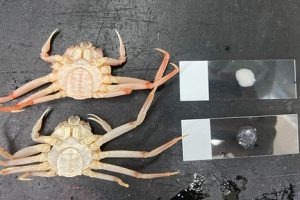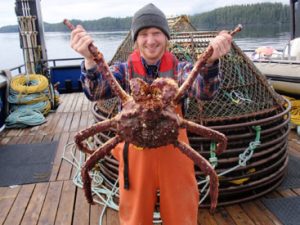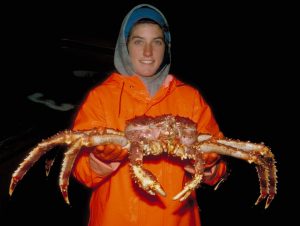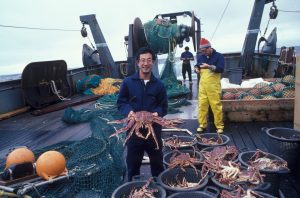Genetic Testing Uncovers High Infection Rates in Commercially Vital Bering Sea Crabs
 A recent study using advanced genetic testing has revealed alarmingly high infection rates of bitter crab disease in Tanner and snow crabs, two commercially important species in the Bering Sea. Scientists estimate that up to 42 percent of Tanner crabs and 36 percent of snow crabs were infected during the study period, considerably higher than previous estimates.
A recent study using advanced genetic testing has revealed alarmingly high infection rates of bitter crab disease in Tanner and snow crabs, two commercially important species in the Bering Sea. Scientists estimate that up to 42 percent of Tanner crabs and 36 percent of snow crabs were infected during the study period, considerably higher than previous estimates.
Bitter crab disease, caused by microscopic parasites, has been shown to be lethal in a lab setting. Traditional detection methods which relied on visual observations and blood sample analysis, suggested infection rates of less than 10 percent. However, the more sensitive genetic methods used in this study show a drastically different situation.
“That is a nearly four-fold increase in the annual prevalence levels previously detected,” said Erin Fedewa, a fisheries biologist at NOAA’s Alaska Fisheries Science Center.
 Maritime Injury Law Blog
Maritime Injury Law Blog




